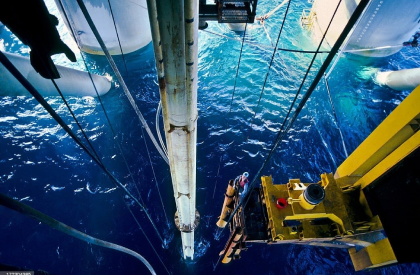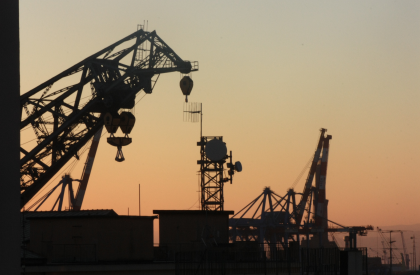Marine Gas Oil
-
Jet A1
Jet A1
-
D6 Virgin Fuel Oil
D6 Virgin Fuel Oil
-
ULSD EN590
ULSD EN590
-
D2
D2
-
Marine Gas Oil
Marine Gas Oil
-
Crude Oil
Crude Oil
-
Gasoline 87
Gasoline 87
-
Gasoline 89
Gasoline 89
-
Gasoline 91
Gasoline 91
-
Gasoline 92
Gasoline 92
- Gasoline 93
- Gasoline 94
-
IFO 380
IFO 380
-
IFO 180
IFO 180
-
JP 54
JP 54
Our Brochures
Contact Us
Social Media


Before 2020, large ships travelling through the ocean typically used heavy fuel oil. However, 2020 legislation made shipowners make the switch the marine gas oil (MGO) as it has a lower sulphur rate and meets the criteria of the regulations. Ships must only use marine fuels with less than 0.50% sulphur content (ULSFO). Heavy fuel has been used frequently in the industry since the 1960s, and one of the main reasons is its price. It’s reportedly 30% cheaper than other alternatives. Many large vessels have installed a “scrubber” that helps strip out sulphur emissions, allowing them to use heavy fuel.
What is Marine Gas Oil
Marin Gas Oil (MGO) refers to marine fuels that consist solely of distillates, the components of crude oil that evaporate in fractional distillation and are then condensed from the gas phase into liquid fractions. MGO is similar to diesel but has a higher density, and unlike HFO, marine gas oil doesn’t require heating during storage. If you own a vessel and use it recreationally, you can purchase Gas Oil, but you must pay the full tax rate (see next header)
Requirements
The basic requirements for marine fuels are defined in the ISO 8217 standard. The quality grades DMX, DMA, DMB and DMZ according to ISO 8217 “Petroleum Products – Fuel (class F)” are also commonly referred to as marine gasoil. But because DMB marine fuel can also contain a small proportion of heavy fuel oil, it is not a pure distillate and thus not a “real” marine gasoil.
Types and Composition MGOIMPORTANT
Marine fuels (cf. DIN ISO 8217), also called bunker fuels, are generally divided into two different classes:
- Heavy fuel oil (HFO) and
- Distillates
This type of marine diesel oil is therefore also categorized as a distillate in some of the literature. Large ships can run on heavy fuel oil as well as marine diesel oil. Smaller vessels such as barges are not designed to run on heavy fuel oil.
The new regulations brought in by the International Maritime Organisation (IMO) will ban ships from using fuels with a sulphur content above 0.5%, compared with the current limit of 3.5%. This will ultimately require all waterborne vessels to make the switch from heavy fuel oil (HFO) fuels to marine gas oil (MGO) or risk fines or even vessels being detained, which could affect vital requirements such as insurance cover.
Sulfur Content in Marine Gas Oil
Marine Gas Oil used on ships is a blend component of the light cycle (gas) oil (LCGO) that contains about 60% aromatics. Due to the high aromatic nature, the density of a marine gas oil blended with LCGO will be higher than the gas oil from an atmospheric distillation refinery. The density of MGO will usually be closet to 860 kg/m3 (at 15°C).
